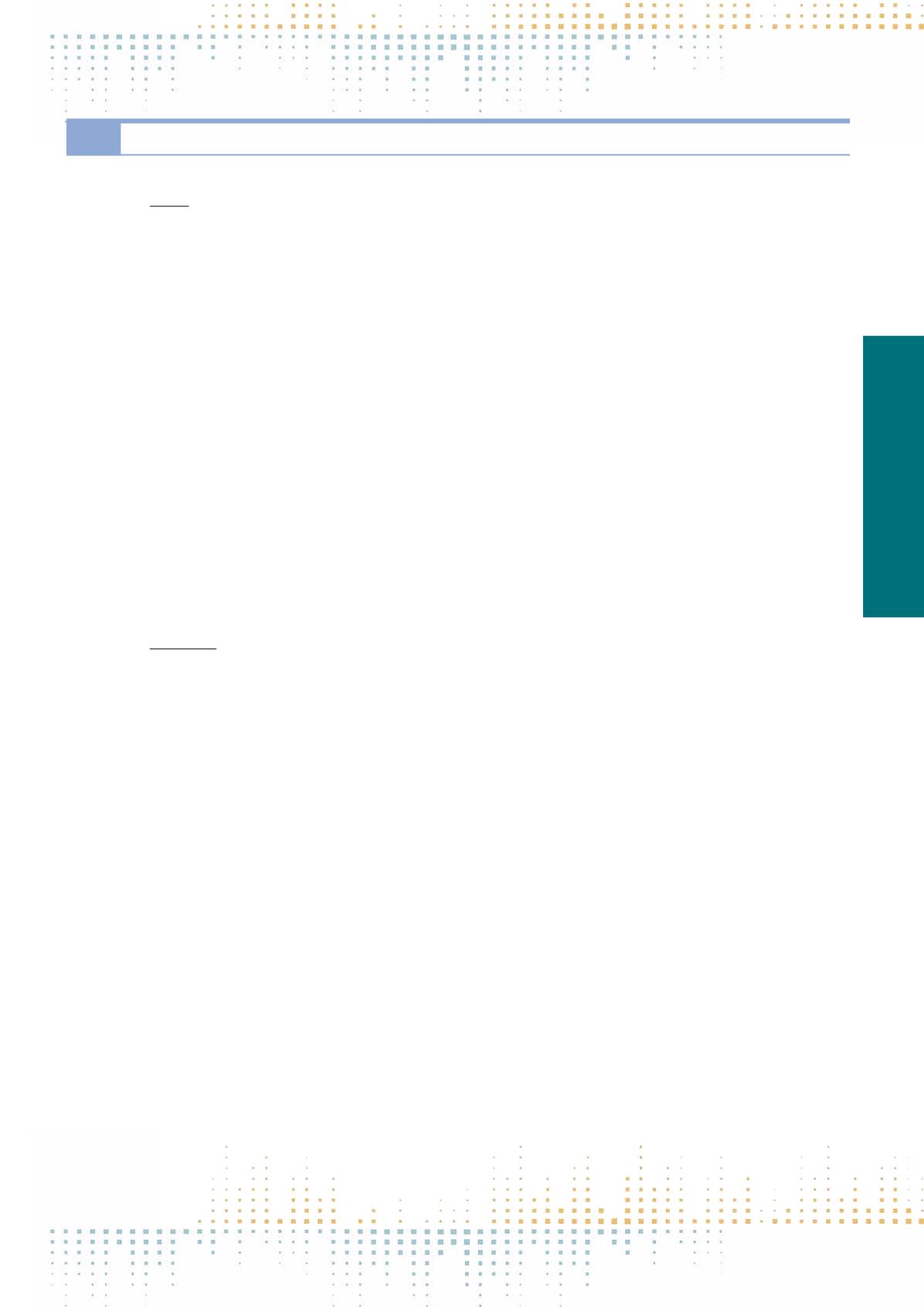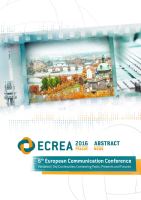

549
Saturday, November 12
1 6 : 0 0 – 1 7 : 3 0
POL18
Media Contents and Effects
PP 659
The Critical Foundations of Britain's Immigration Debate
D. Smith
1
1
Loughborough University, Social Sciences, Loughborough, United Kingdom
Research has repeatedly shown that the contemporary immigration debate in Britain and elsewhere is dominated by negative media portrayals that have
served to produce narrow and problematised framings of immigration and asylum issues. Understanding which social groups have the symbolic means to
shape the debate in such directions is vital to understanding how the story of immigration is narrated in the public sphere, and by whom. In recognising
quotation as a core narrative element of news texts (Nylund, 2003), many contemporary news studies have investigated questions about who appears in
news coverage (news presence; see Deacon et al., 2006, p. 229), who gets to speak (news access) and what the rhetorical substance of their contributions
is. Providing an answer to these questions helps to assess the extent to which competing social actors have been able to define the media debate, promote
their perspectives and interests in the public sphere, and frame issues positively or negatively. This paper will contribute to this agenda by examining long-
term patterns of actor presence and quotation patterns in UK national newspaper coverage of immigration, in order to understand historical continuities
and contrasts in terms of both news presence/access and the distribution of positive, negative and neutral attitudes towards immigration issues. The data
used to understand these patterns emerged from doctoral work which employed content analysis to focus on the mediation of immigration in seven UK
national newspapers over 25 individual election campaign periods from 1918 to 2010. The findings of this work illustrate that elite politicians and the ju‑
diciary/police have generally tended to dominate the debate overall, with other groups receiving less news access than their news presence might predict.
In particular, the prominence of opposition party sources grew from the 1960s onwards, indicative of a debate in which the increasing problematisation
of immigration over recent decades has presented incumbents with more difficulties than advantages. Citizen sources have on occasion been highly salient,
while migrants themselves have become increasingly side-lined. Correspondingly, negative attitudes have dominated the news discourse of campaigns
in which immigration issues were highly prominent (e.g. 1970, 2005, 2010), while the evidence also suggests that the party politicisation of immigration
issues has provided for a more polarised and negative debate overall. These findings thus serve to expose the historical foundations and antecedents of con‑
temporary patterns of negative news coverage. References Deacon, D., Wring, D., & Golding, P. (2006). Same Campaign, Differing Agendas: Analysing News
Media Coverage of the 2005 General Election. British Politics, 1(2), 222–256. Nylund, M. (2003). Quoting in front-page journalism: Illustrating, evaluating
and confirming the news. Media, Culture & Society, 25(6), 844–851.
PP 661
The Sense of the Visible Others: Effects of Online Popularity Cues on Public Opinion Perception and on Personal Opinion Formation
P. Porten-Cheé
1
, C. Eilders
1
1
Heinrich Heine University Duesseldorf, Social Sciences, Duesseldorf, Germany
In political communication research, public opinion perception is a key for understanding individual opinion formation. Most prominently, public opinion
perception is addressed in the spiral of silence theory (Noelle-Neumann, 1993). It assumes that individual opinions which differ from perceived public
opinion are not expressed in public. This decreases opinion diversity in the public sphere which again inhibits the expression of deviant opinions and may
end in a change in public opinion. Social psychology has also shown that individuals seek orientation from public opinion when forming personal opinions.
In order to assess public opinion, individuals use mass media coverage as indicators for “what most people think.”The media thus play a key role in public
opinion perception. Today’s online world provides many more cues beyond media coverage that might be used to infer public opinion. Online media items
often show audience’s feedback via likes, shares, and user comments. An example of an article illustrates the significance of these cues: If, for example,
an article supporting gay marriage is visibly supported by 1,000 or more users, the audience may be assumed to be more likely to support this position
than if the article does not enjoy much support. Since counts of likes and shares indicate the popularity and the audience’s support of online content, they
are referred to as aggregate user endorsements or popularity cues (see for a systematization of the concept: Walther & Jang, 2012). These aggregate cues
(as opposed to user comments) are readily available in almost every type of online communication. Under conditions of a need to select few items out
of the massive amount of online content, it can be shown that they affect media use (e.g., Knobloch-Westerwick, Sharma, Hansen, & Alter, 2005). Because
they have proofed to be relevant cues for media use decisions, we assume that popularity cues also influence further information processing. The paper
asks how they affect public opinion perception and opinion formation. Drawing on ideas from the spiral of silence theory and studies on social information
effects, we contend that individuals use popularity cues as sources for assessing public opinion and as orientation for the formation of personal opinions.
The assumptions were tested using data from an online experiment with 501 participants who encountered media items on the debates on child care subsi‑
dy and anonymity in online discussions with varying numbers of likes. Findings show that only individuals with low levels of need for cognition are likely to
use likes as indicators of public opinion.We further found no support for an effect of likes on personal opinions. Literature Knobloch-Westerwick, S., Sharma,
N., Hansen, D. L., & Alter, S. (2005). Impact of popularity indications on readers’ selective exposure to online news. Journal of Broadcasting and Electronic
Media, 49(3), 296–313. Noelle-Neumann, E. (1993). The spiral of silence: Public opinion - our social skin. Chicago: Chicago University Press. Walther, J. B., &
Jang, J. (2012). Communication processes in participatory websites. Journal of Computer-Mediated Communication, 18(1), 2–15.



















